|
0 Comments
Red-and-green Macaws are one of the three large macaws you can see in Kabalebo. This one was eating on top of this branch but when we spotted it, it stopped eating and was looking back at us.
I heard these Mealy Amazons first before I spotted them. I was ready to shoot them when at the last moment they decided to change their course. Here you definitely can clearly see the different colors on them and the red patch on their wings. One of them even had a little snack for along the way.
The Golden-winged Parakeets are so tiny that when they fly over you see dark figures passing by. It is only their calls that let you know that those tiny birds are Golden-winged Parakeets. When they are resting, it is usually high up in the trees so binoculars are a must.
So imagine my excitement when this pair decided to rest on a lower part of a branch. Fully exposed and in no need to leave the area. Finally got my shot. I spotted a group of Painted Parakeets near the lodge, but not all were sitting in the same tree. Most of them were hiding but luckily there was a group that wanted to be seen. This was the closest I could get and they weren't even bothered by my presence. Just love it when they help me out too.
Somehow this Blue-and-Yellow Macaw had no problem with all the thorns from this palm tree. It even looks like it is having a great time up there.
It was my lucky day. A group of Blue-and-Yellow Macaws were sitting pretty low while eating some nuts from a nearby Maripa palm tree. This one was even posing for me for a couple of seconds and since it was a sunny day too, all I had to do is aim and shoot. And of course enjoy the moment.
This Scarlet Macaw was sitting quietly high up in the trees. He wasn't making any sounds at all but it was a sunny day and his colorful display was giving him away. It must have been his afternoon break because he was just sitting there looking back at me. For him up there, it was much easier to look at me, but for me, down there, was a different story. I had to walk my way through logs, branches, sticks, leaves, ants, mosquitos and small grasshoppers just to find the right spot to photograph him. He must have thought that I was a bit crazy down there. Sometimes I wonder what the birds think of me.
This Red-and-Green Macaw couple have been together since 2017. I have seen them several times near the River Cabins. Since they are free to go whenever they please, they can be gone for weeks or even months before I see them again. Macaws are very social animals, they cuddle a lot and from time to time they also share their food with each other. When I took this photo, it was inside the rainforest and it was late in the afternoon. This gave both Macaws a nice warm color.
About half a year ago I bought a Spotting scope to look at wildlife for a long time. Especially when I like to spot birds, this device comes in handy. Here I spotted a couple of Scarlet Macaws inside the rainforest. They were resting during the day and since it was also a warm day, they decided to hide under the shades of the trees. This Spotting Scope also had an adapter to make it possible to take pictures with this scope. It looks like these Macaws were right nearby but in reality they were in one of the highest/tallest trees in the Amazon rainforest.
It was such a treat for me to look at these marvelous animals without getting a stiff neck and shaky hands by holding my binocular for so long. You may also like my first article of my digiscope life: These Red-fan Parrots skillfully avoid the thorns of this Awarra Palm tree. Can you do that too? I certainly can't.
|
Archives
June 2024
Categories
All
|

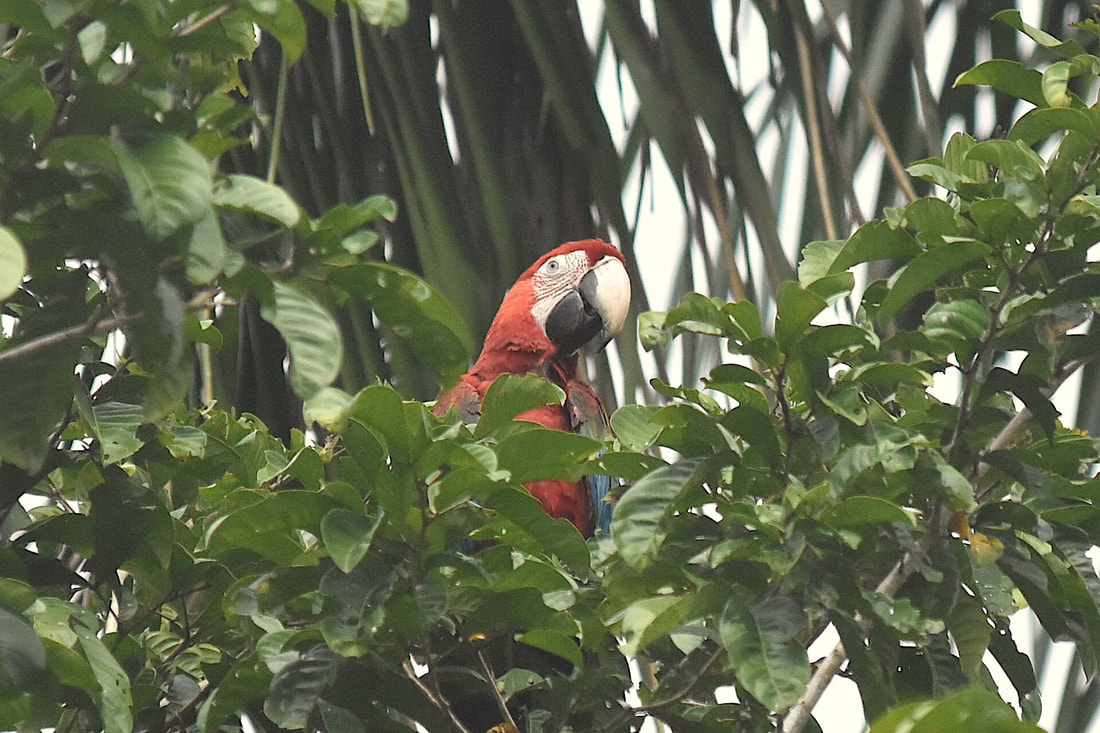
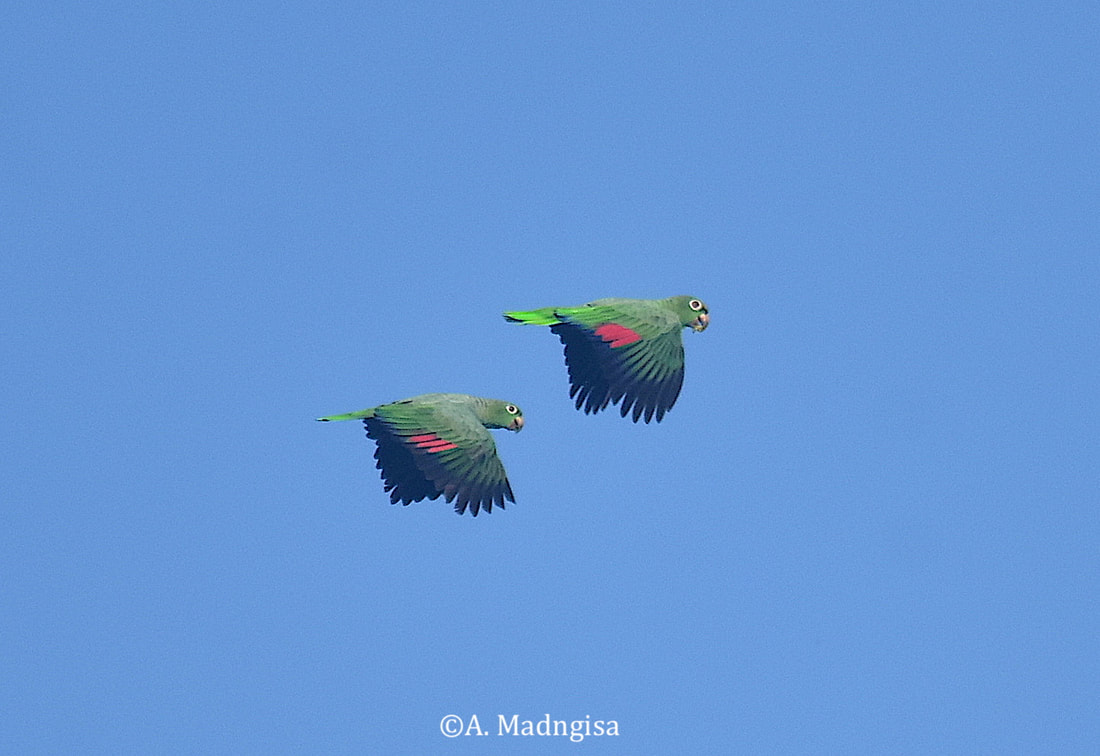
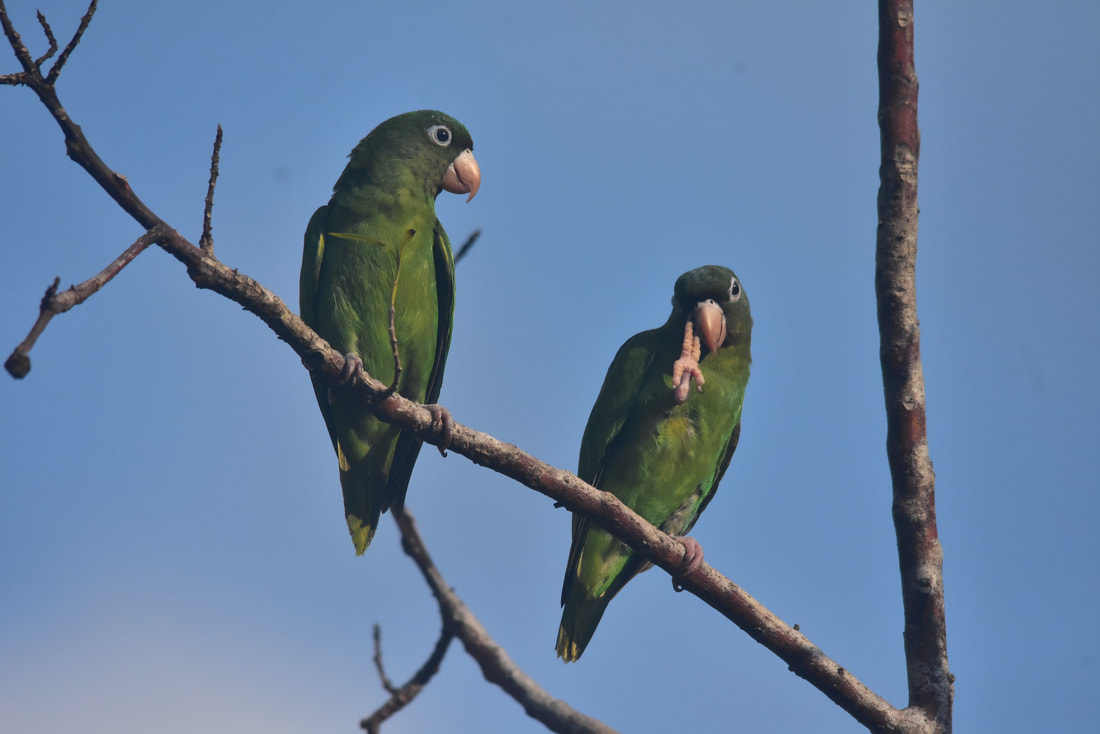
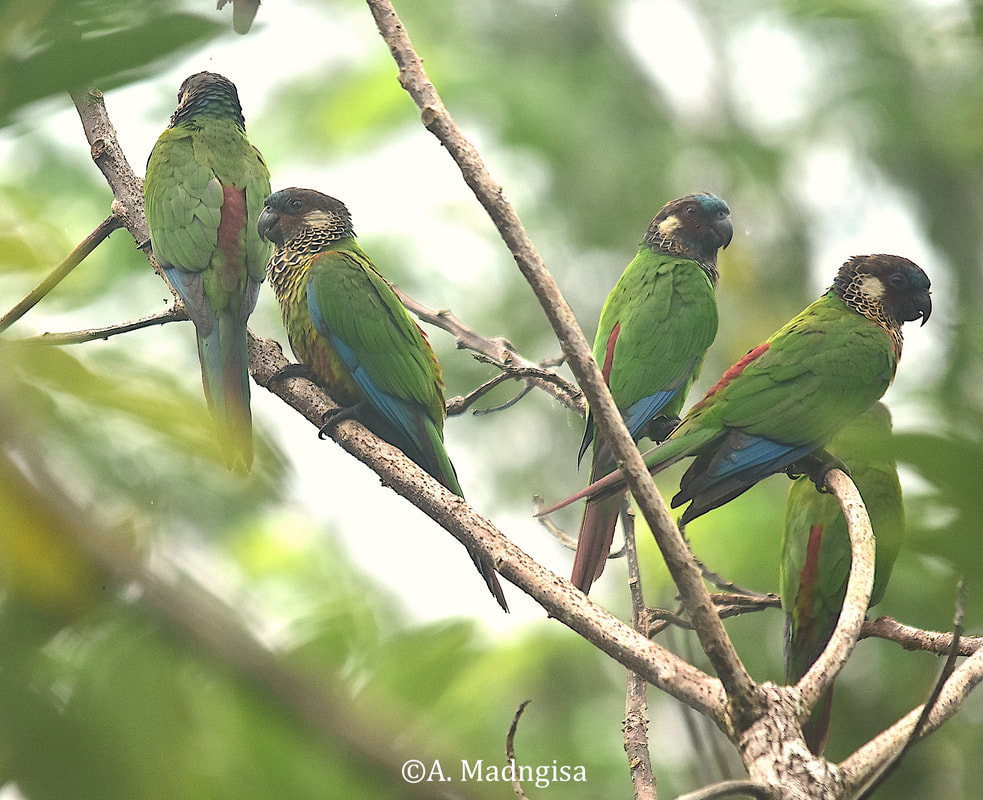
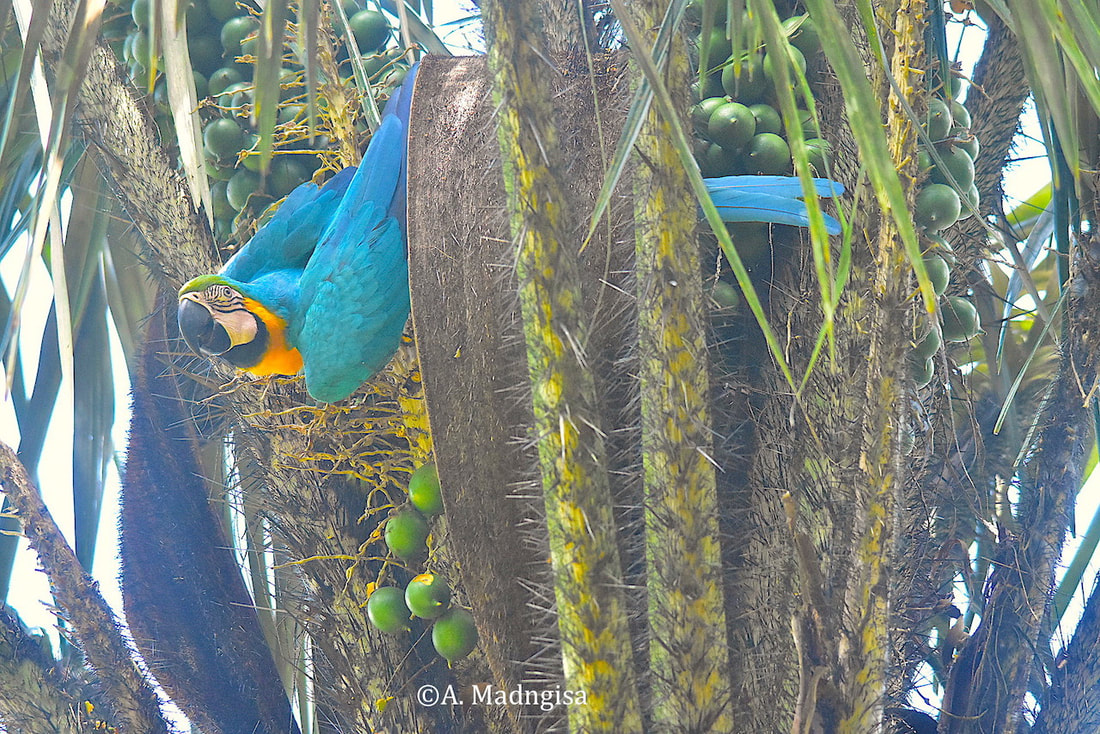
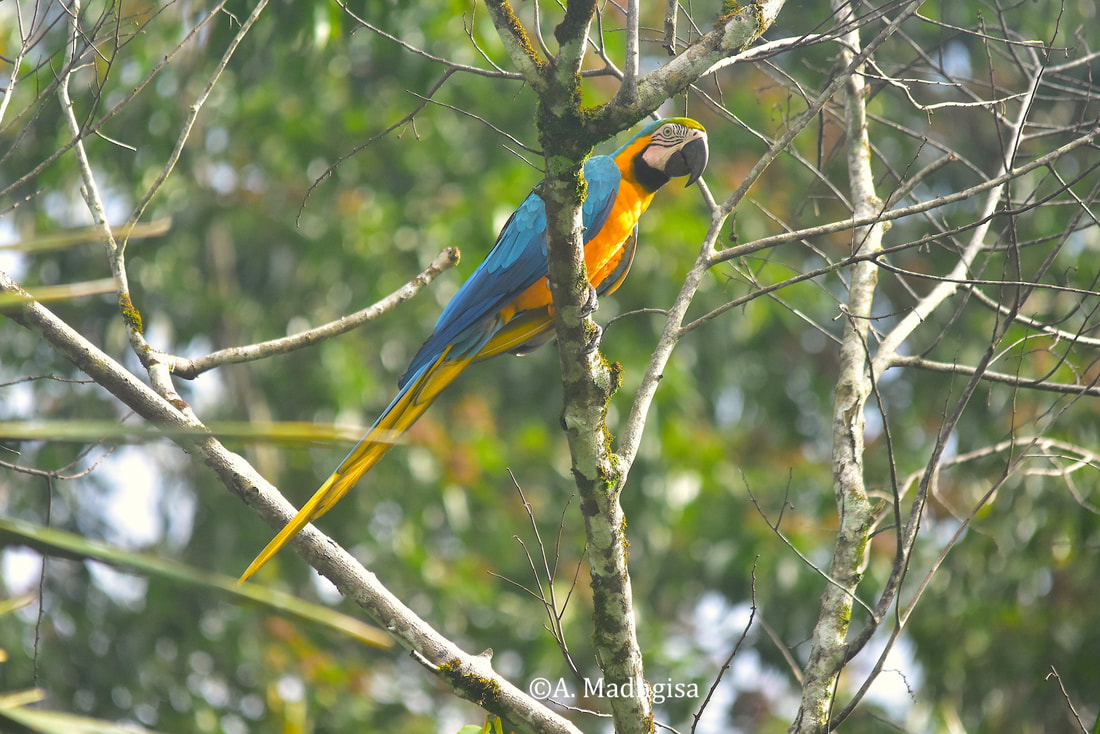
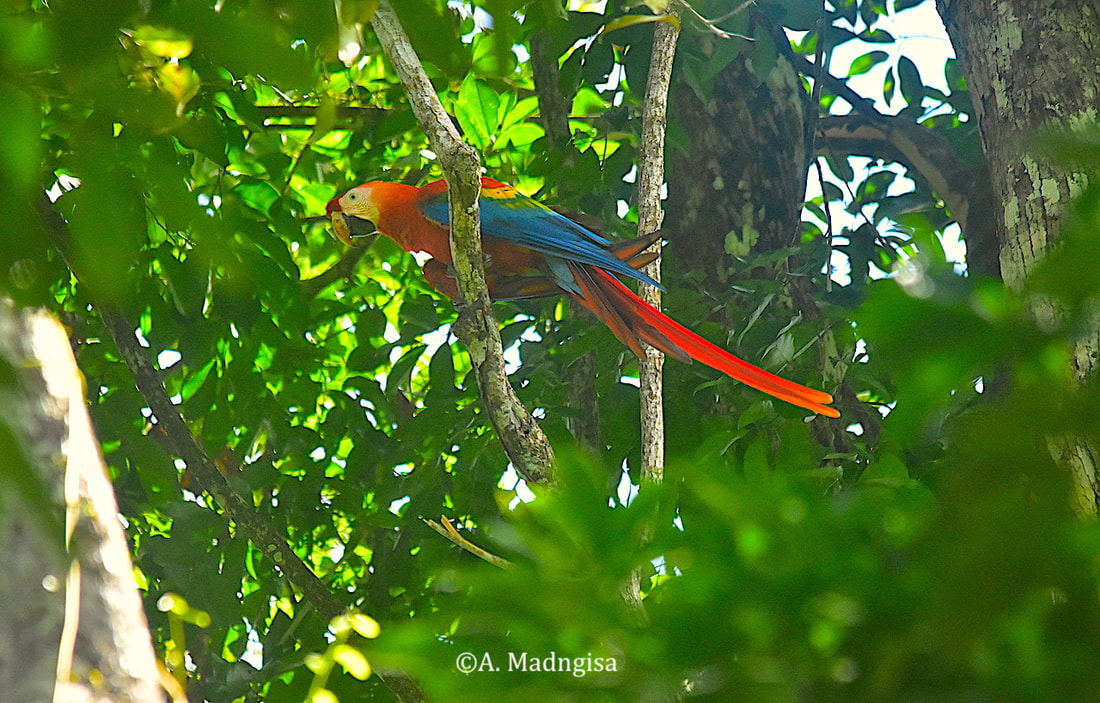
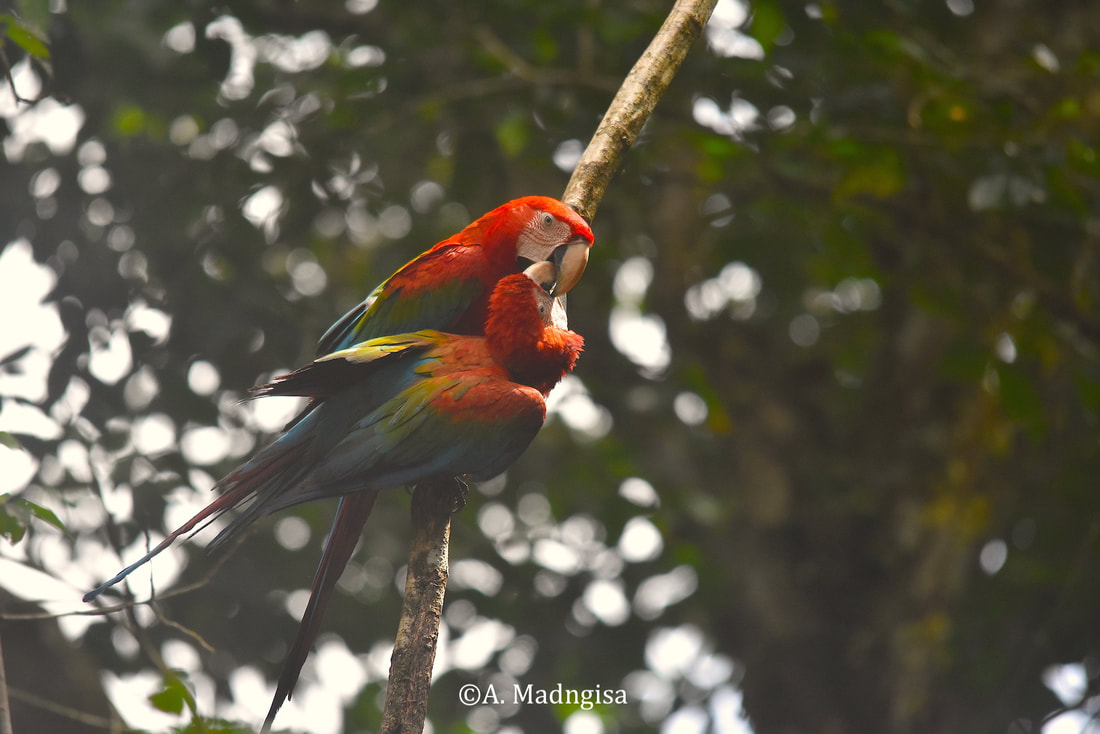
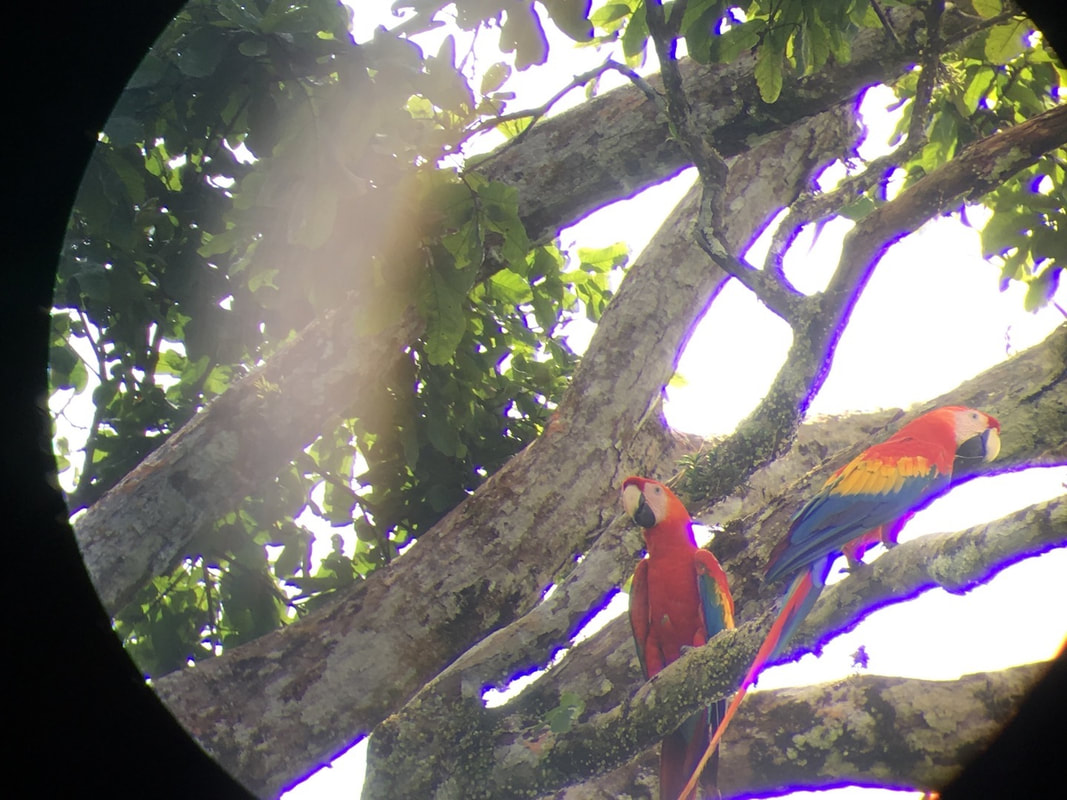
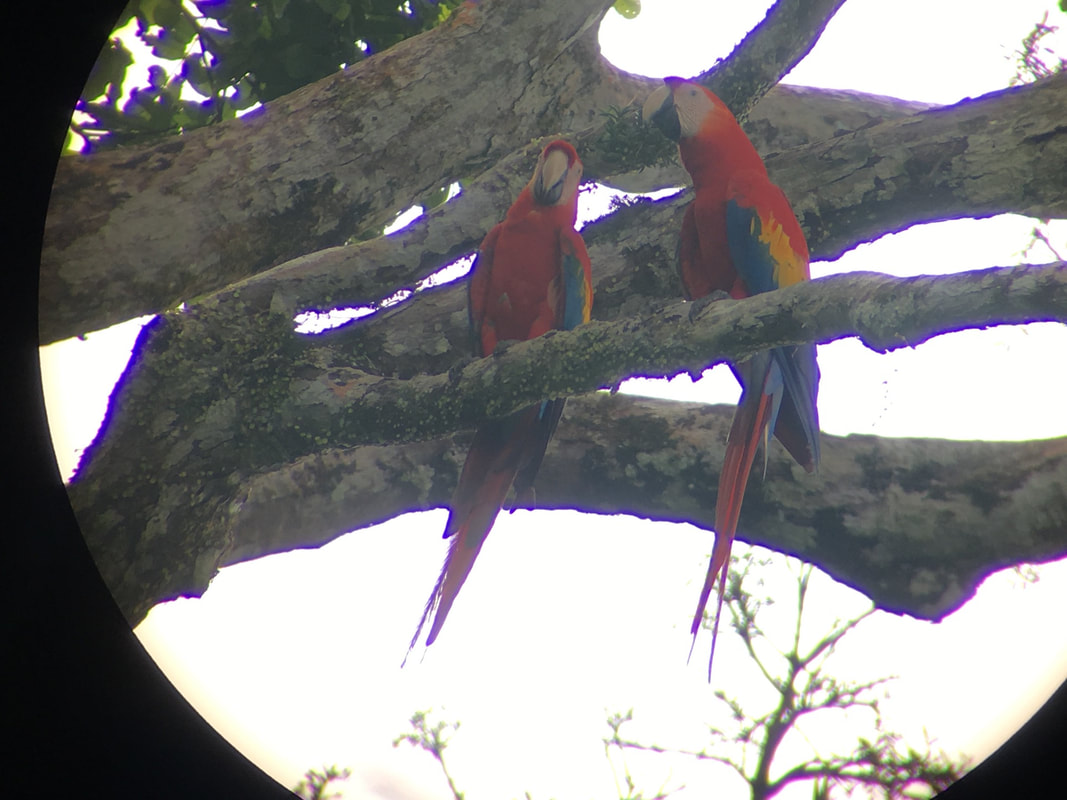
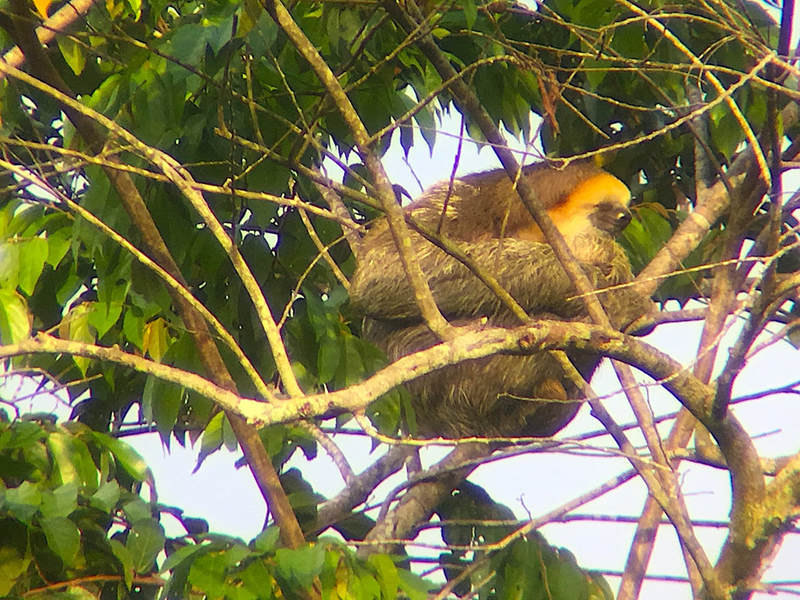
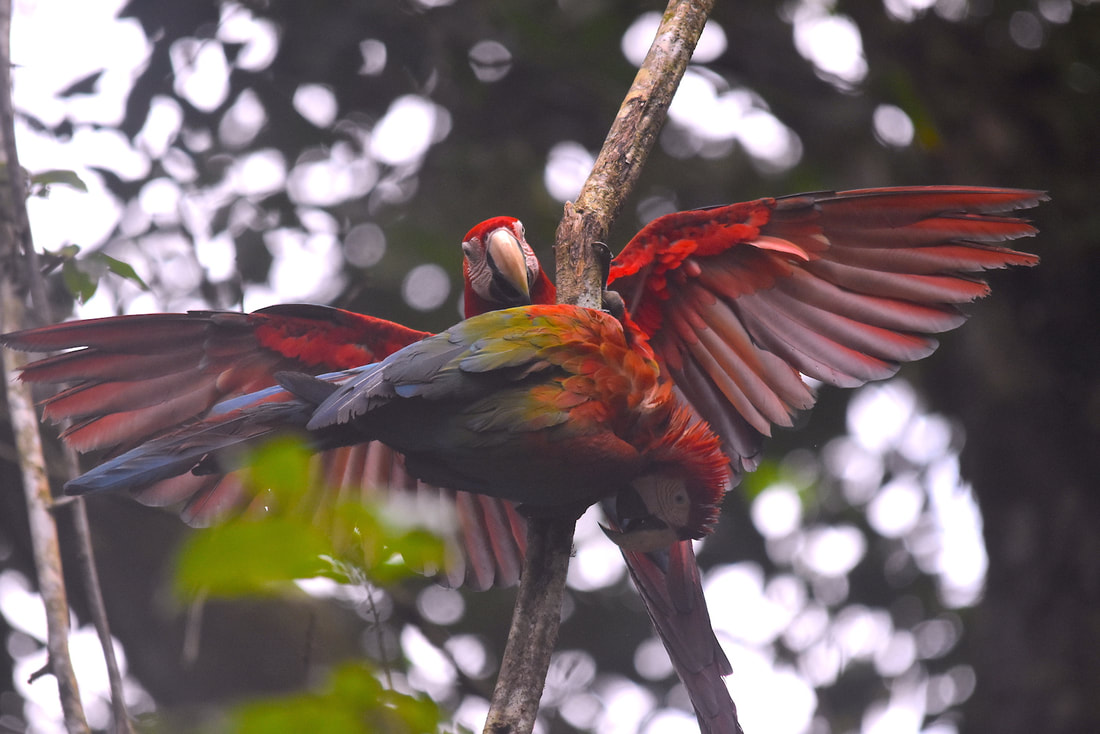
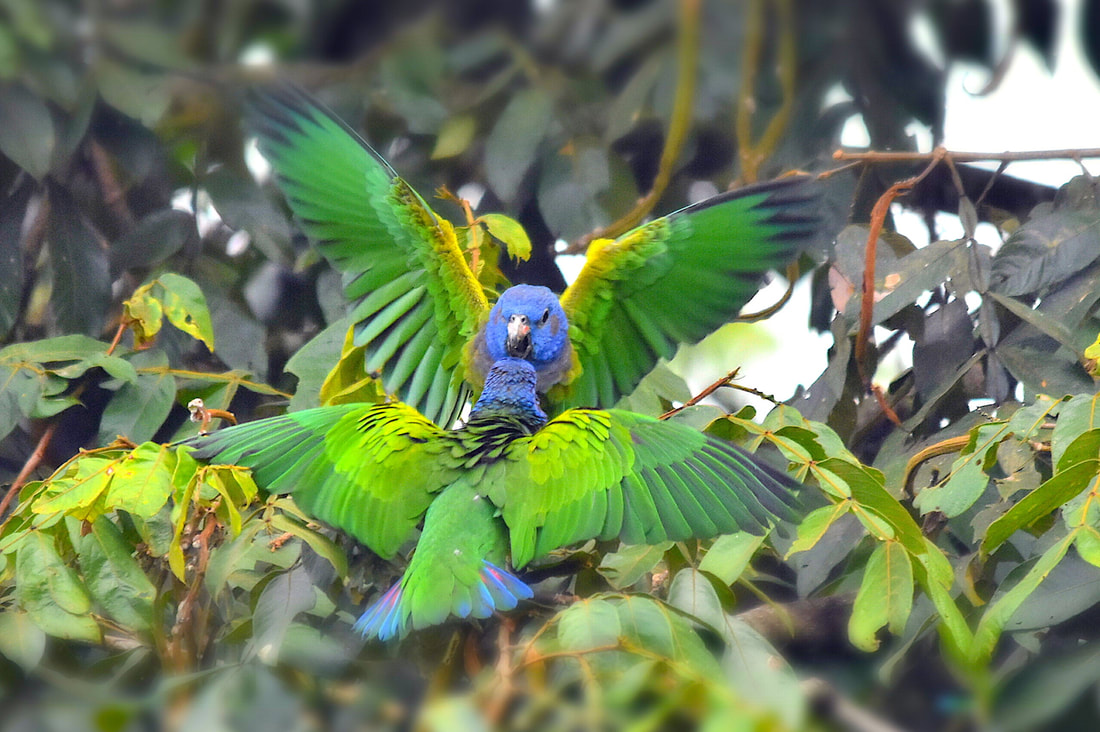
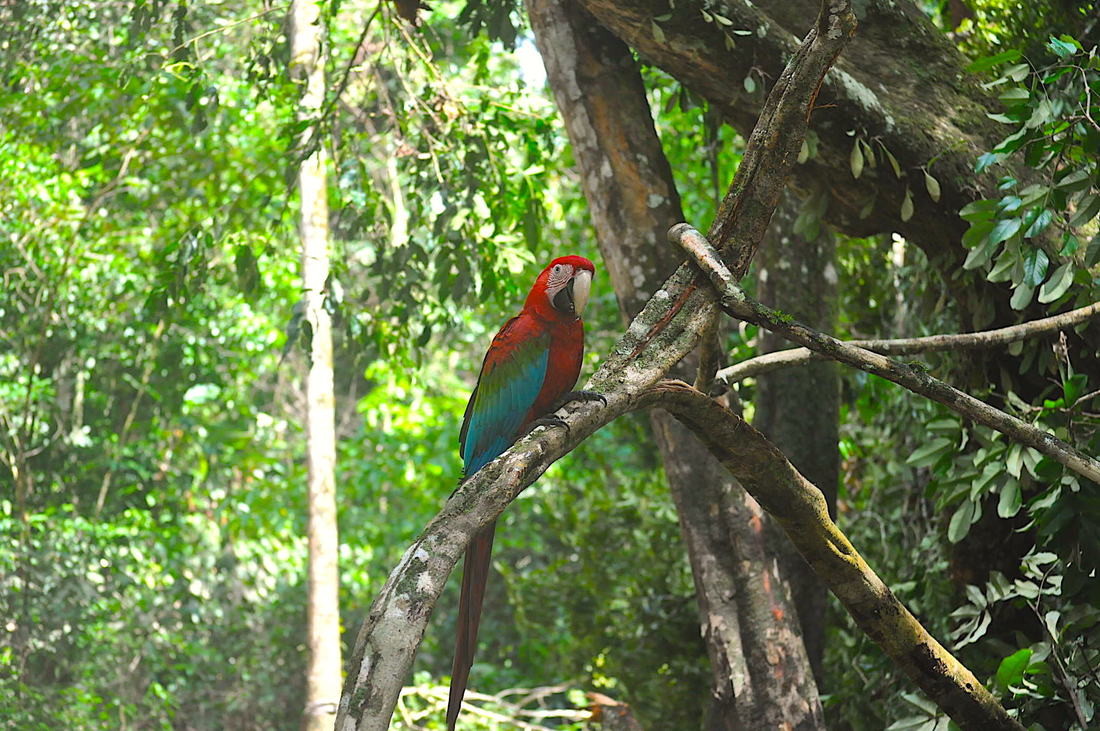
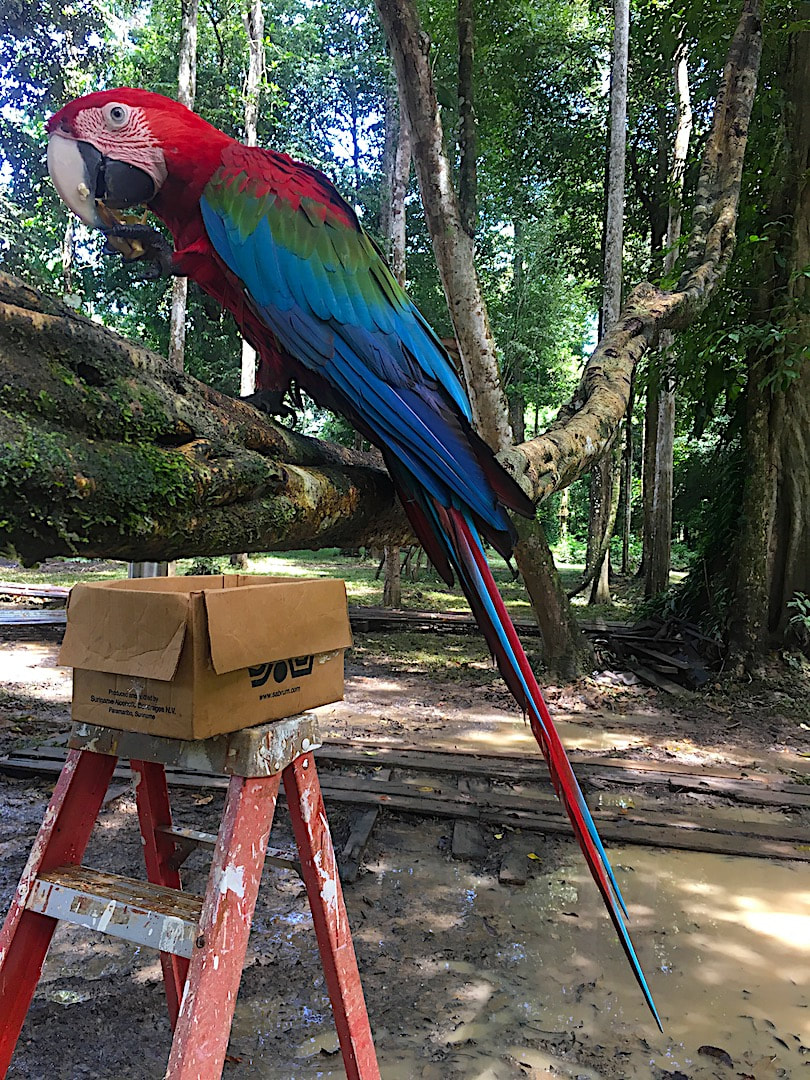
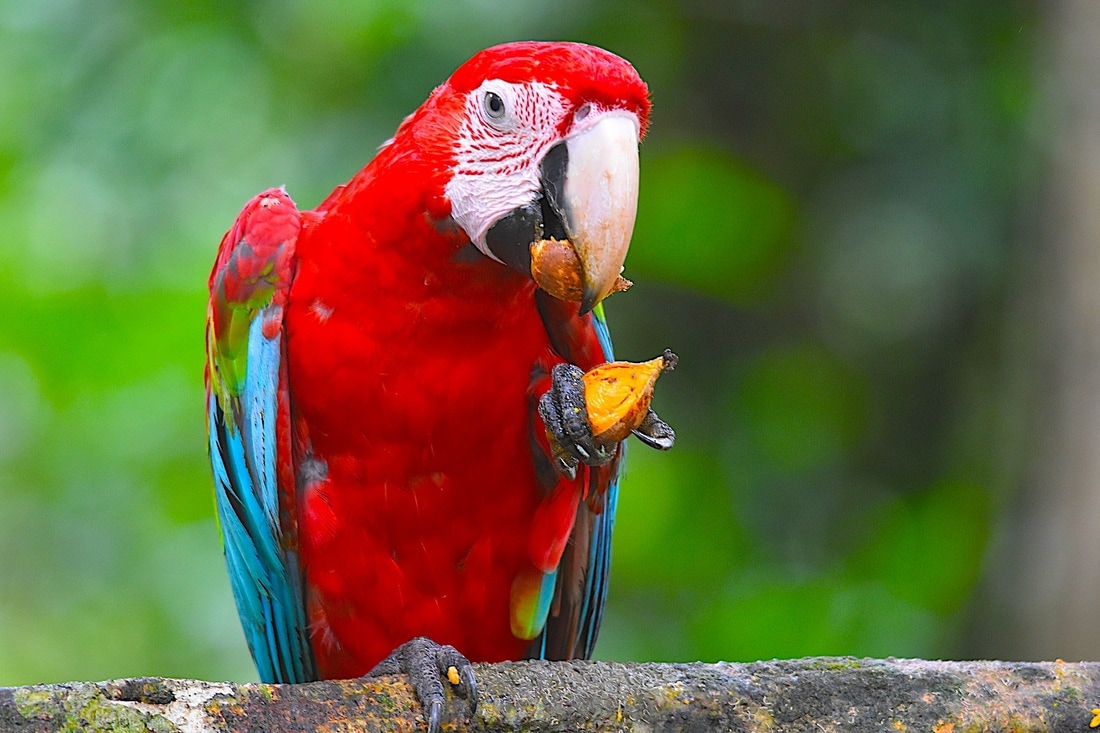
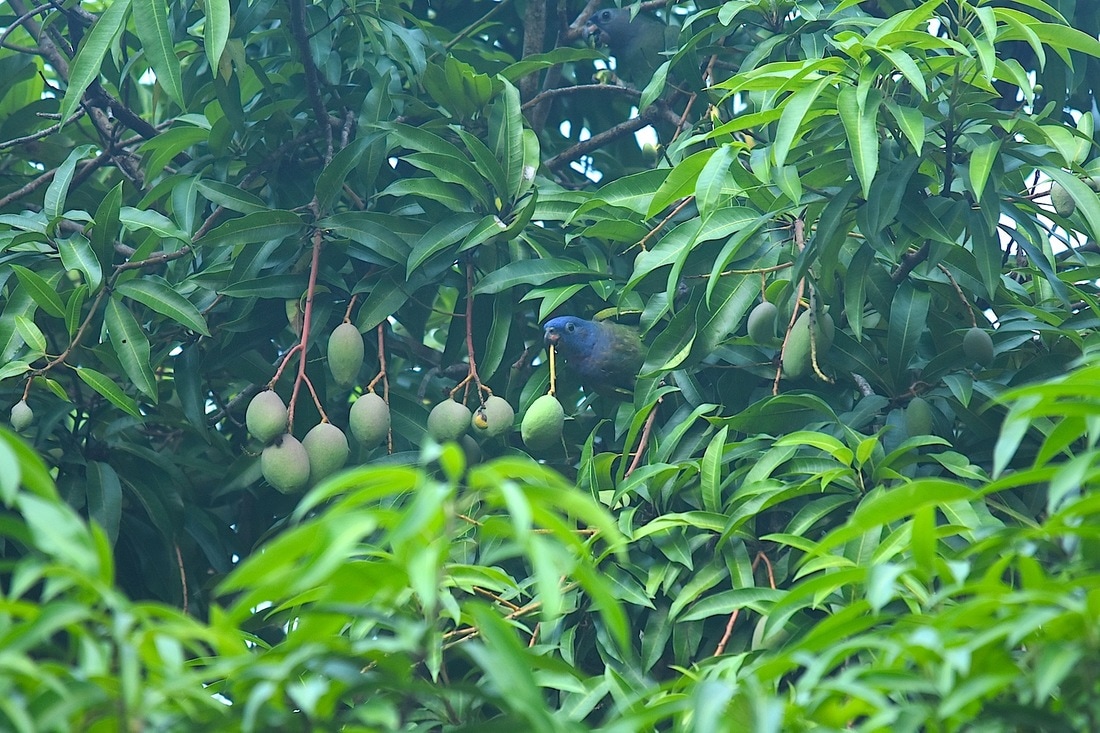
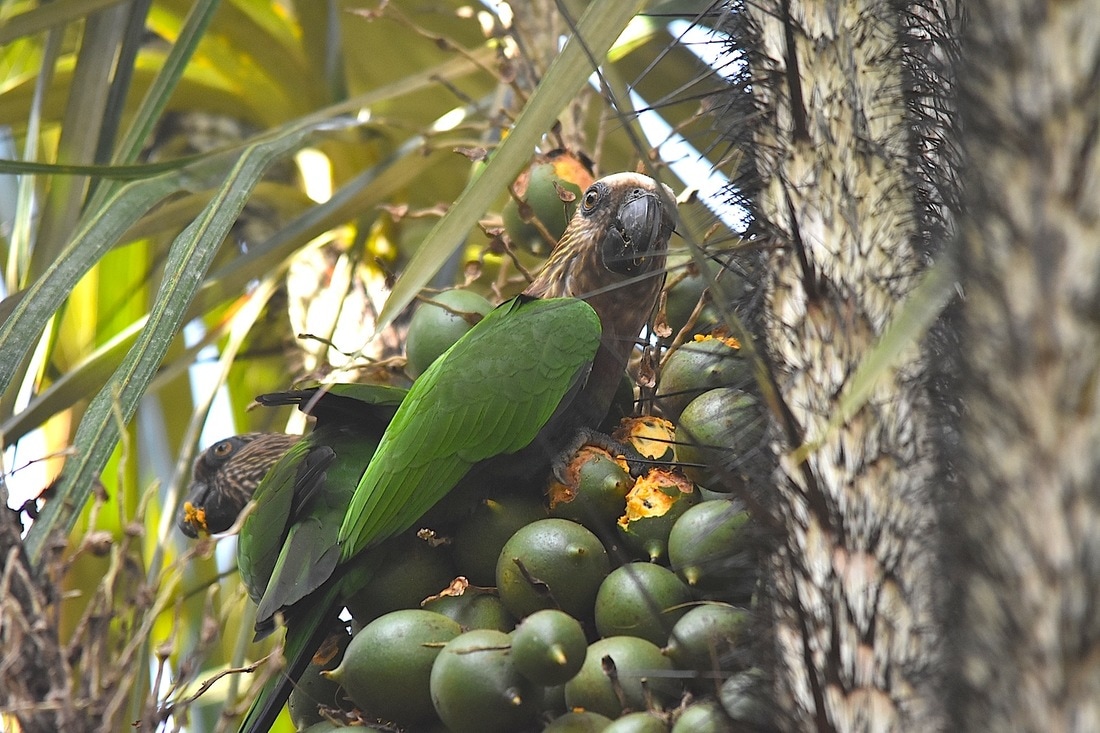
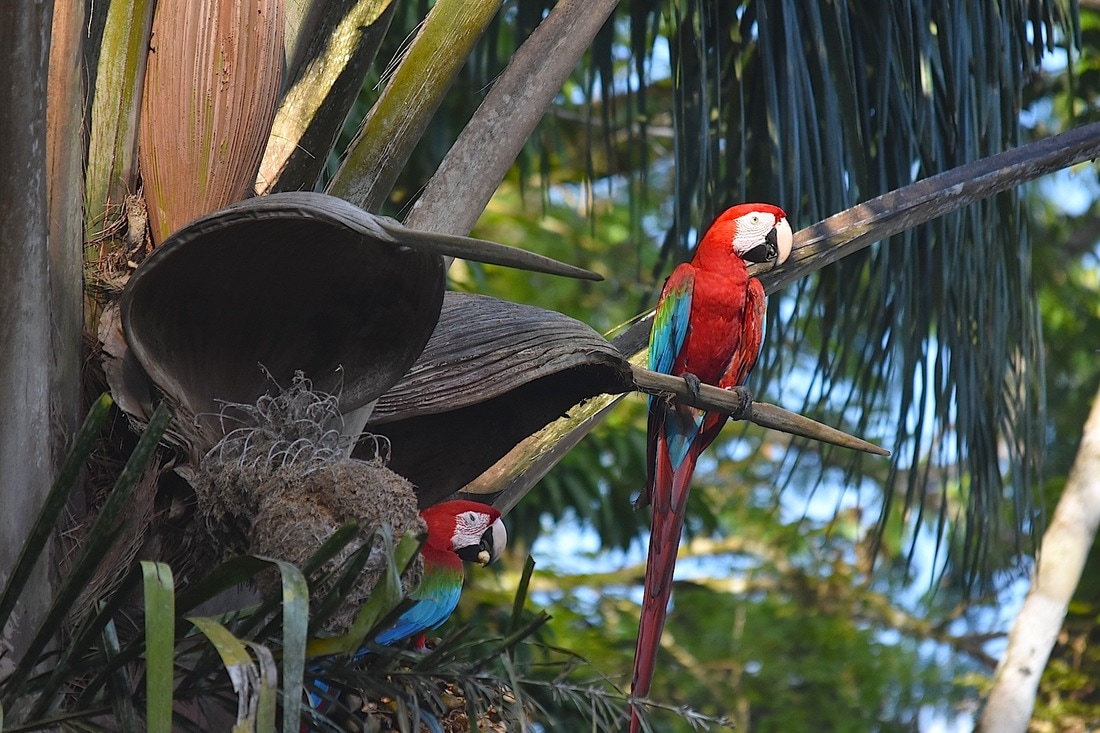
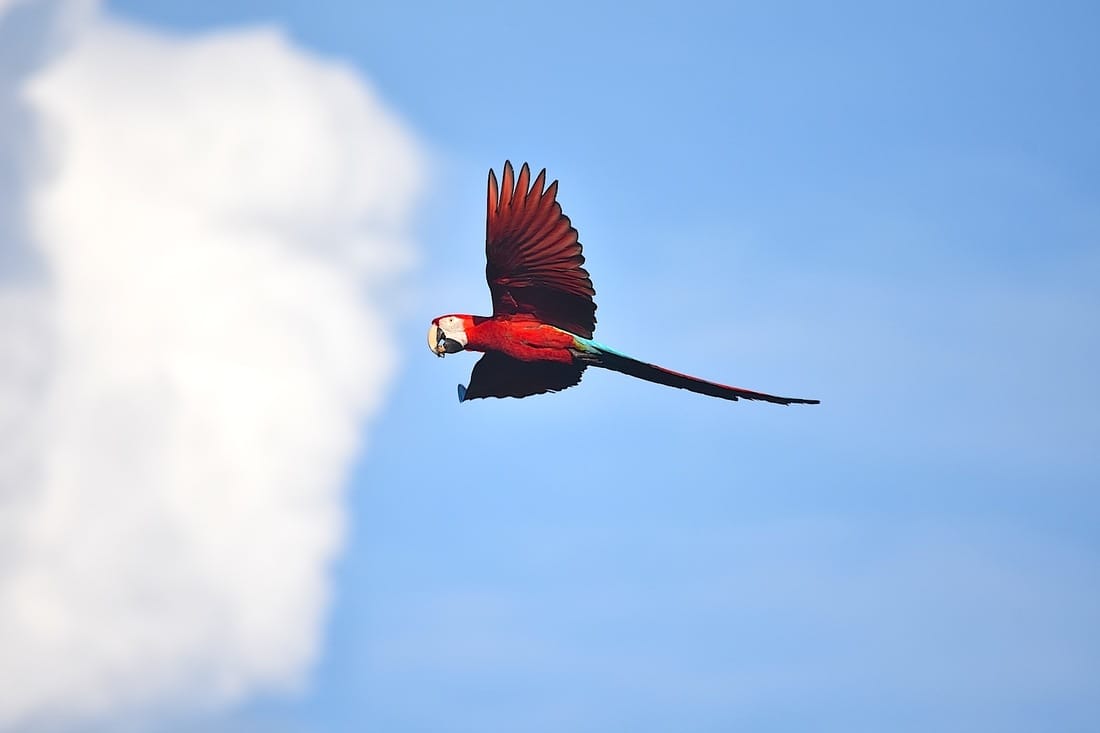
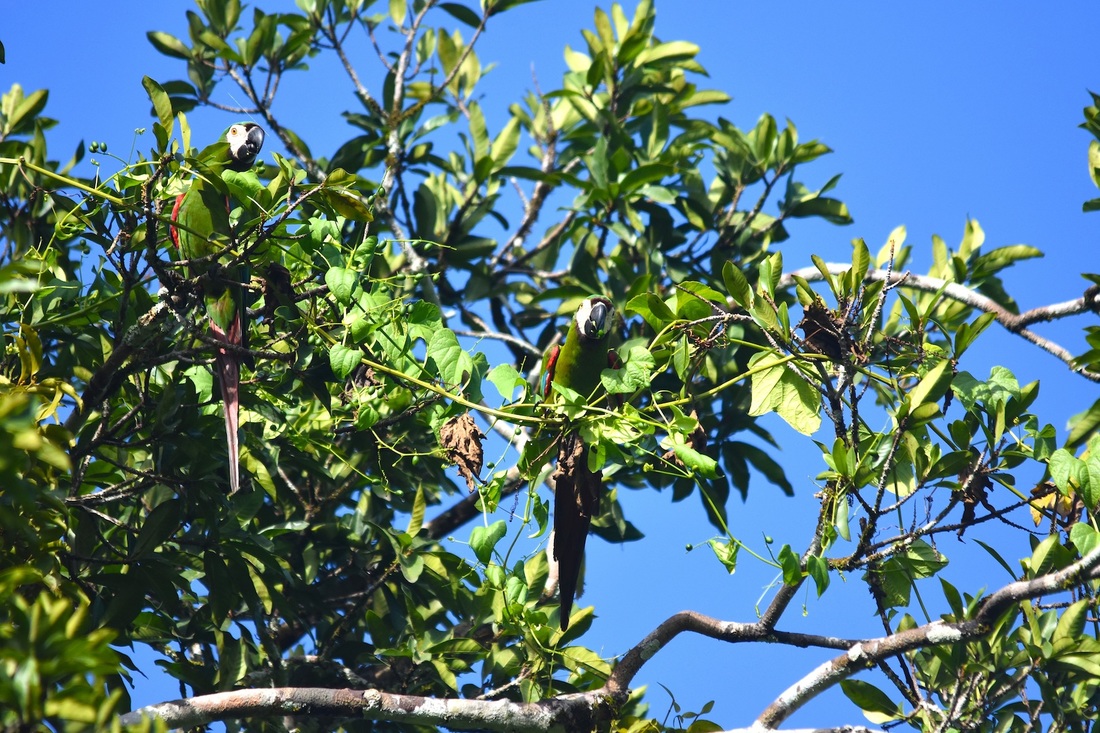

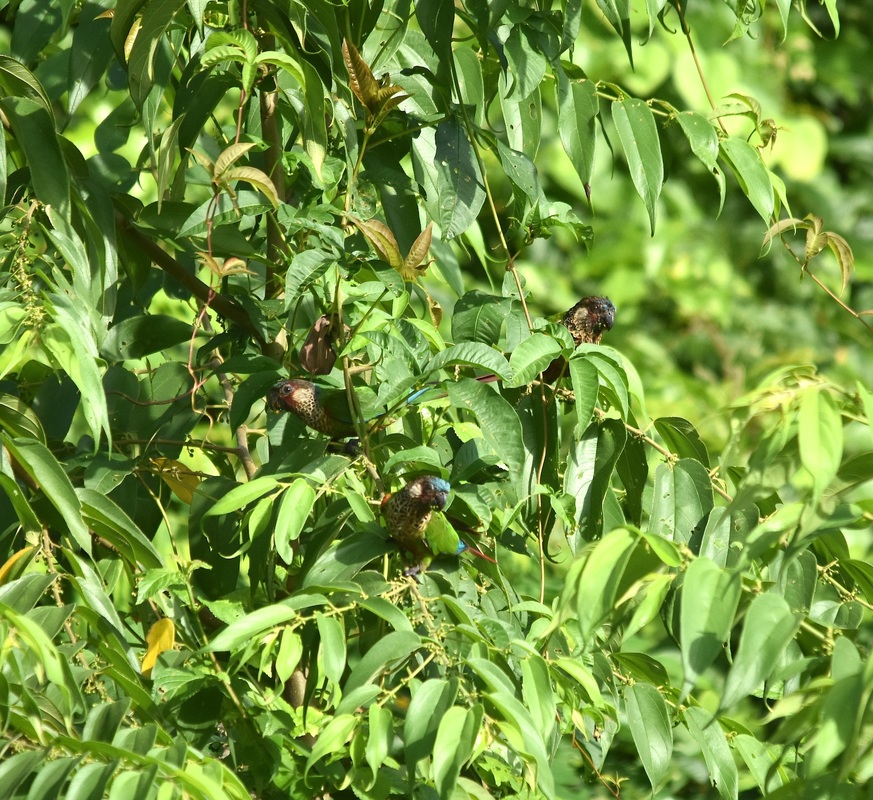
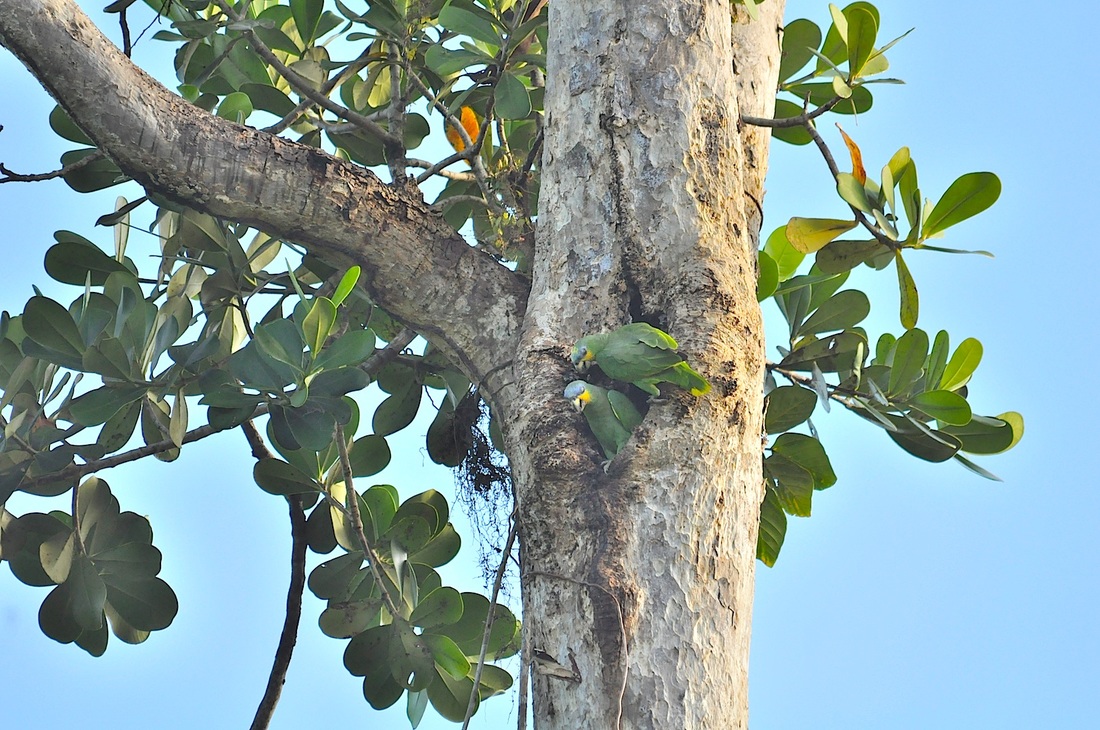
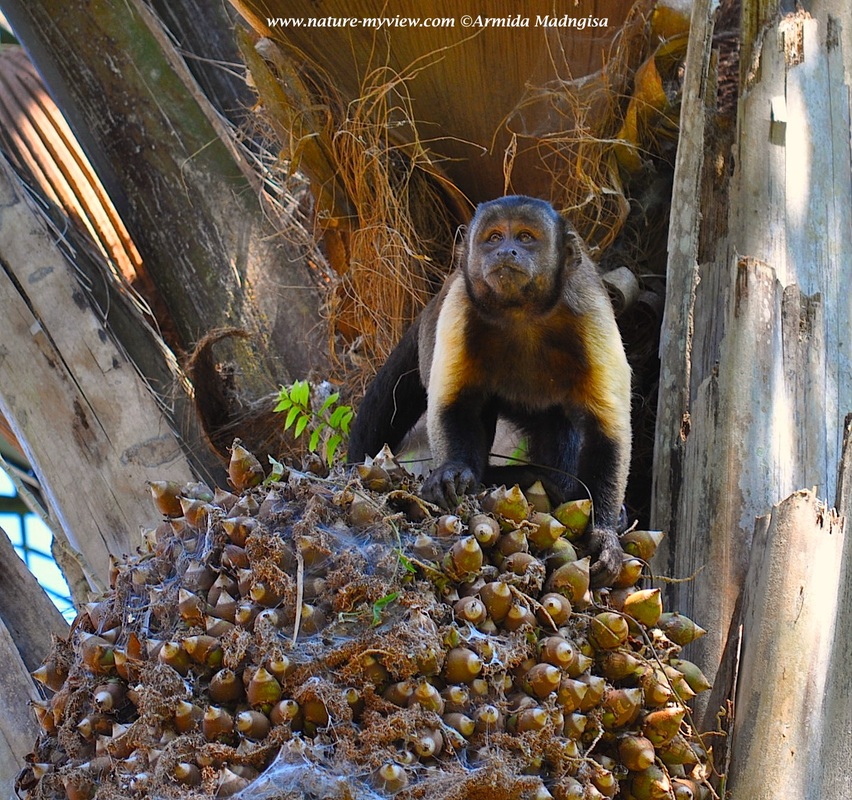
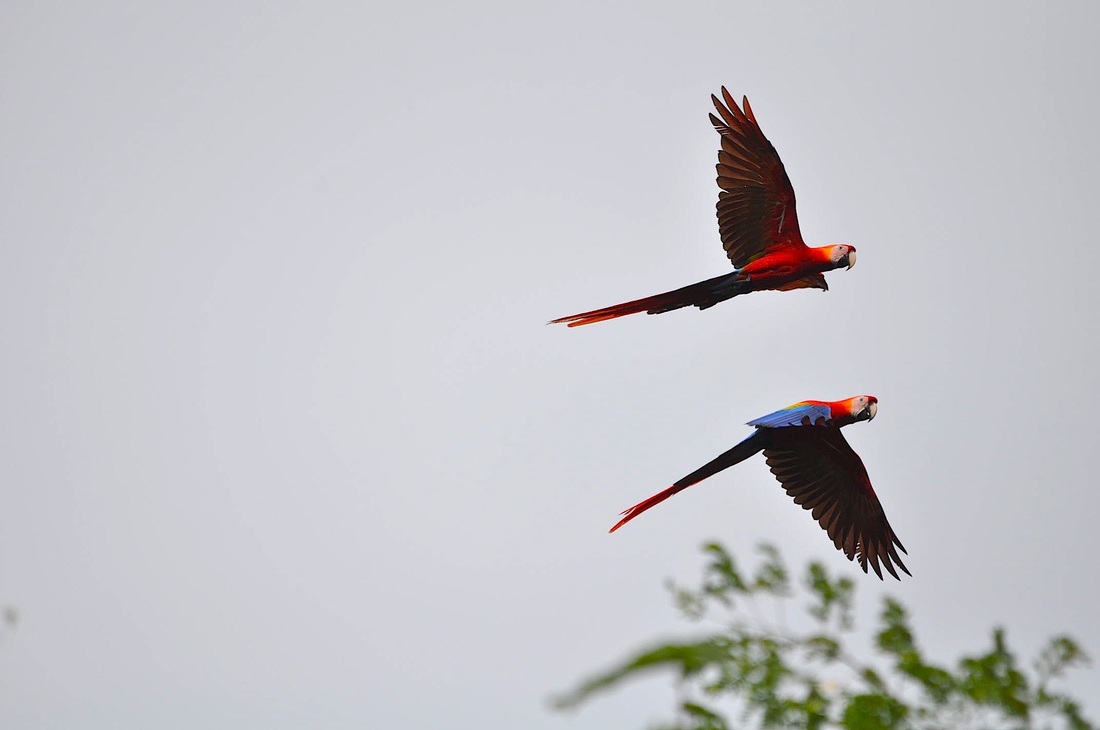
 RSS Feed
RSS Feed